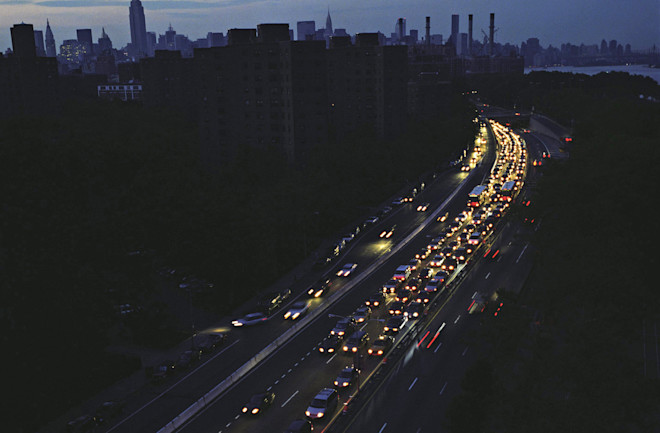On a searing Thursday afternoon in September 2011, a technician reconfiguring circuits at an electrical switchyard near Yuma, Ariz., prematurely cranked open a hand-operated switch. This tiny misstep shorted out the Southwest Powerlink — a major electrical artery for the region and a key part of the entire Western grid — and sparked one of the biggest blackouts ever to strike North America.
As electricity sought new paths across the network, other lines overloaded, snapping more equipment offline. Power plants, transformers and power lines across western Arizona, Southern California and Mexico’s Baja California automatically shut off to protect themselves. The climax came at 3:38 p.m. when five lines supplying San Diego simultaneously shut down, sealing that region’s electrical fate. Power instantly zapped out for 7 million people.
For 12 hours, a swath of the Southwest was powerless. Commerce shut down as electronic transactions and cash registers failed. Without signal lights to guide traffic, streets jammed. Food spoiled. Millions of gallons of raw sewage escaped, tainting coastal estuaries and beaches. Hospitals, 911 call centers and other first responders struggled to meet demand while relying on limited backup power.
In all, the cost just to San Diego’s economy was at least $100 million. But the price tag for big blackouts can go even higher. “When we have a blackout in New York, people die, and the cost is essentially $6 billion to $10 billion per day,” New York Independent System Operator CEO Stephen Whitley said at a 2015 conference. (NYISO manages the state’s power grid.) With so much at stake, the industry places a high premium on reliability.
In theory, spontaneous blackouts should never happen. According to the cardinal rules of designing and operating power grids, the system should always have enough spare capacity to sustain the loss of any single element, even one as big as the Southwest Powerlink. Grid operators create computer simulations of their grids and systematically rerun the models, taking out each element in turn, and confirm that the flows are stable.

